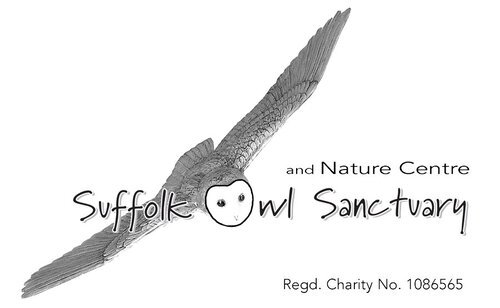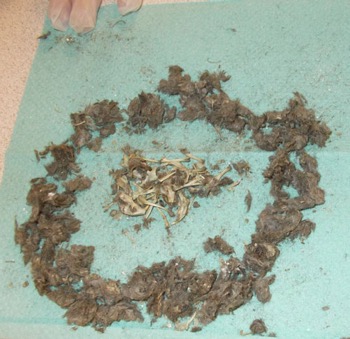This week we were invited to attend the official opening of Abberton Reservoir in Essex.
This event marked the recent expansion of the capacity of the reservoir from 26 billion to 41billion litres of water in order to secure adequate water supplies for one and a half million Essex residents. This development has gone hand in hand with an environmental project ensuring that the reservoir retains and extends its valuable habitat for the whole spectrum of wildlife and water fowl in particular.
The new facility offers a great place to view the some 40,000
ducks, geese & swans that visit the reservoir every year
Naturalist and broadcaster Sir David Attenborough was in attendance to officially open the new facility with a celebration at the Visitor Centre run in partnership with the Essex Wildlife Trust and our falconer Dean Winham joined the activities with Keo the Lanner Falcon and Spirit the Barn Owl.
The birds were greatly admired by the assembled naturalists and conservationists and flew the flag for ecologically intelligent local development.
The reservoir is important to wildlife and wildfowl and holds some of the highest environmental designations including as a Sight of Significant Scientific Interest. Up to 40,000 ducks, swans and geese visit every year - the top six species being Wigeon, Mallard, Pochard, Tufted Duck, Coot and Black Headed Gull. The site is important for dabbling ducks such as Shoveler and Teal and an enhancement project has increased the amount of shallow water habitat crucial for these birds and waders which also frequent the site.
Throughout this project, started in 2010, the Essex Wildlife Trust has worked closely with Essex & Suffolk Water to ensure that essential habitats that support wildlife were fully understood before development work commenced. Contractors were then able to take responsibility for protecting the interests of all the species native to the site and for ensuring that final habitats increased in both size and quality.
The improved and expanded site is proof perfect that building projects necessary for supporting the ever expanding human population can be completed with environmental empathy and sensitivity. The reservoir is open to the public every day and offers incredible bird and butterfly watching opportunities as well as stunning views,walks and picnic spots. Find out more about Abberton Reservoir here




































